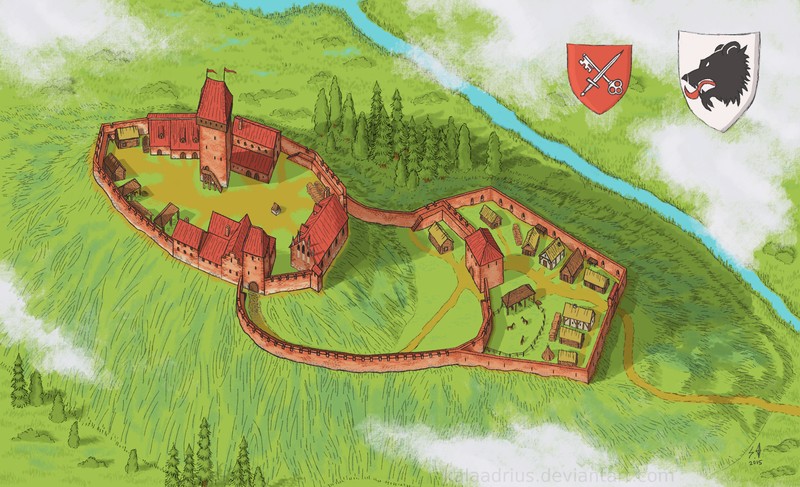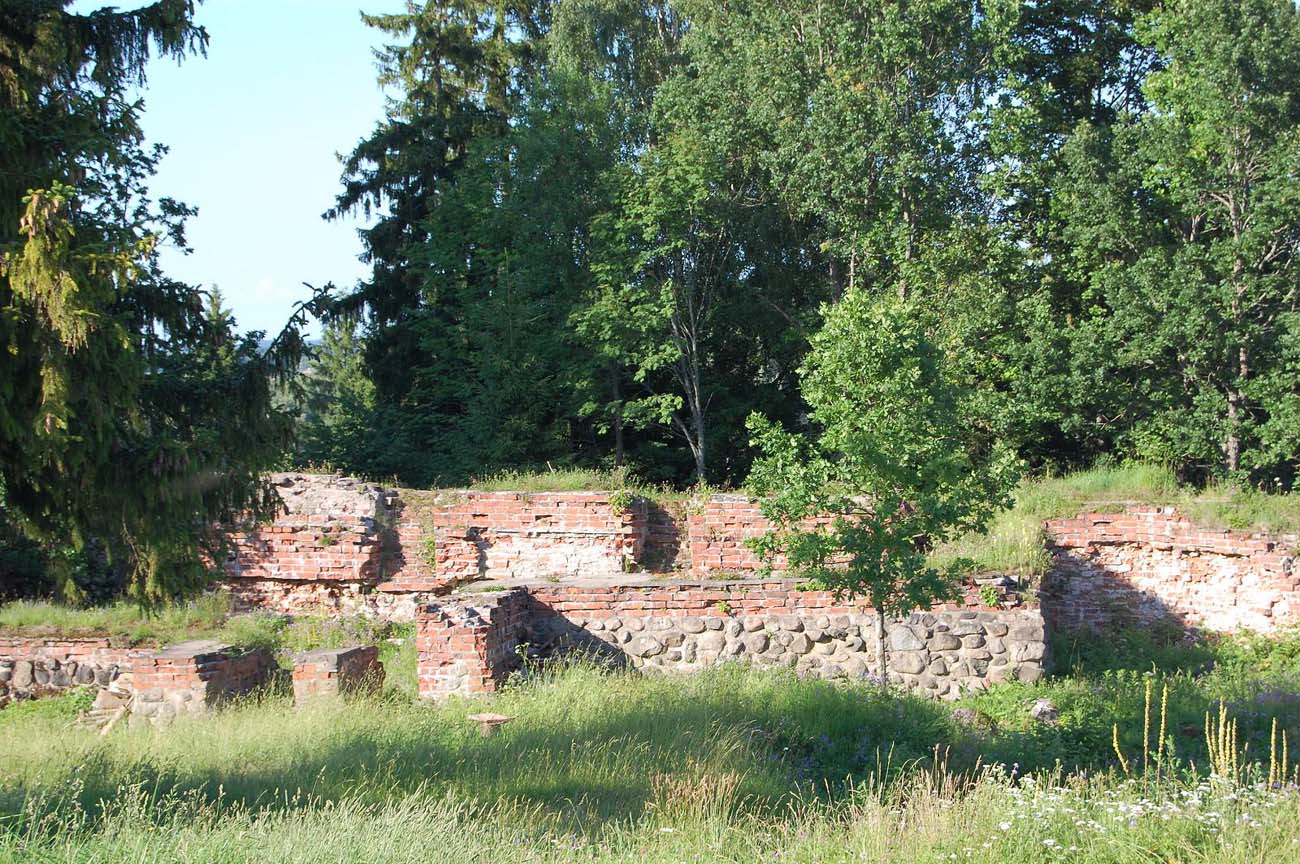History
The first mention of Otepää, probably referring to the local hillfort, dates back to 1116. The Ruthenian prince Mstislav was to gain the stronghold called Bear’s Head, from which the later name of the castle, since “ott” in the local dialect means a head. A brick castle was erected by bishop Hermann von Bekeshovede after the conquest of the hillfort by the crusaders in 1224. Probably it was planned here to set up one of the main episcopal seats, because it was not a border or roadside watchtower. However, despite many efforts, Odenpah has never played a significant role. The reason was the change of direction of trade routes and dynamic development of Dorpat (Fellin). The war between the Teutonic Order and the bishop of Dorpat proved to be fatal for the castle, during which, in 1396, Teutonic Knights besieging the stronghold managed to set fire and destroy the castle. The ruined building was never rebuilt, and the bricks served the local population as a free building material.
Architecture
In its final form, the stronghold consisted of the main ward, erected on the top of a hill, the edges of which a defensive wall was built, almond-shaped in plan, and two fortified outer baileys shielding it from the north, located below, at the base of the hill. The main gate of the upper castle was on the eastern side, it led to the first outer bailey from which the northern gate could get to the next bailey and the gate in the north-eastern part of the upper ward to the main courtyard. Most of the buildings in this part of the castle were probably attached to the inner faces of the walls, especially on the eastern and western sides. Another, rectangular building was also in the northern part, towering over the first outer bailey (middle ward). Perhaps the central element of the complex was a four-sided, free-standing main tower.
Current state
Today, from the castle you can see only the outline of the foundations on the top of the hill, protected during archaeological works. During this period, many interesting finds were discovered, including one of the oldest examples of hand-held firearms in Europe, cast in bronze before 1396. Entrance to the castle area is free.
bibliography:
Borowski T., Miasta, zamki i klasztory. Inflanty, Warszawa 2010.
Tuulse A., Die Burgen in Estland und Lettland, Dorpat 1942.



